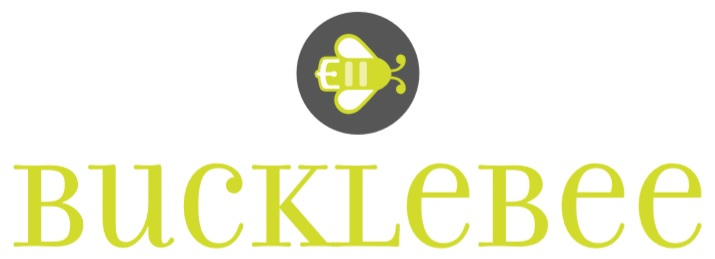Tips for Sewing with Cork Fabric
Cork fabric is all the rage right now among the handbag-making set, and Bucklebee has jumped right on that bandwagon. Given its price, cork fabric--sometimes called cork leather--is intimidating to work with at first. Wasting a square inch or two feels like a real waste. Cork fabric is made by adhering very thin slices of natural cork to a backing fabric. Here are a few tips from the Bucklebee workshop for working with cork.
- Cork is surprisingly easy to sew. Although it has a leather or vinyl-like feel, you don't need a teflon or non-stick presser foot to work with it. Use a size 80 needle; needle holes are semi-self-healing, so a fairly thin needle works best. Even though the backing fabric is usually a knit, use a sharp needle, not a ball point.
- You can easily fuse interfacing to the backing fabric. Use a synthetic setting on your iron, and just enough time and pressure to activate the adhesive.
- Cork fabric is available in dozens of super-rich, saturated colors. A little can go a long way if you play your color-cards right. Darker colors of good-quality cork fabric will not crock. (Crocking is dry dye transfer--like the blue stains on a white shirt worn with a brand new, unwashed pair of jeans.)
- Sew and mark carefully, to avoid having to rip seams. As forgiving as cork is, a ripped seamline will show. Be mindful and check all your measurements.
- You can press cork fabric just like any other fabric, but open seams won't stay flat. The rounded look can be lush, so count that as one in the plus column. If you want a very flat look, topstitch your seams open with an edging or ditch foot, or use the tried-and-true leather method of gluing your seam allowances down with a thin layer of rubber cement.
